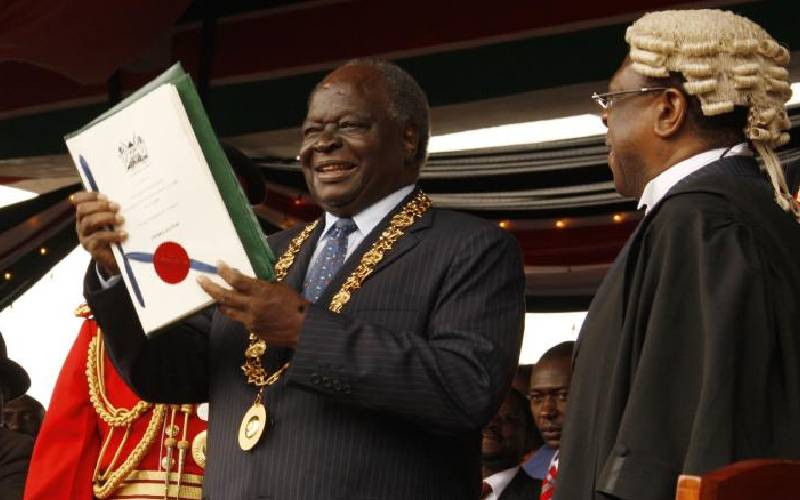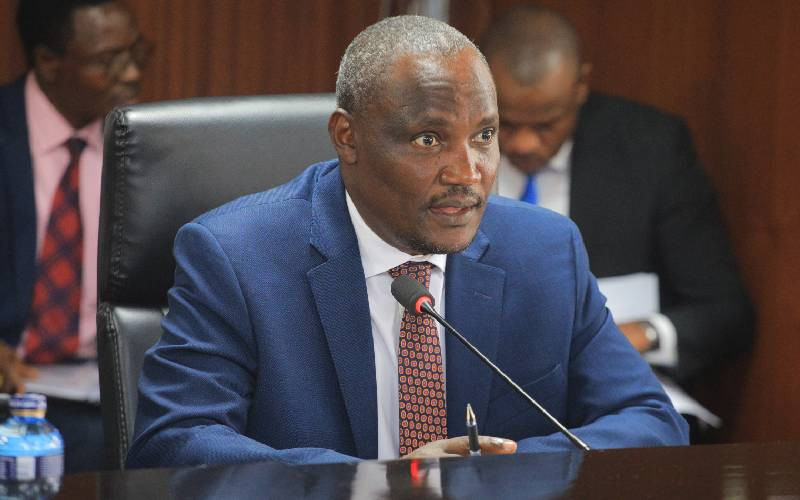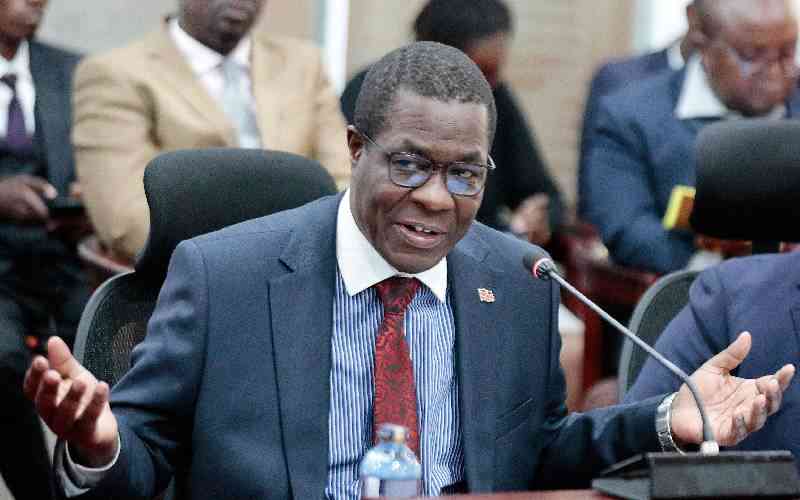×
The Standard e-Paper
Join Thousands Daily

The plan to create four new counties is another attempt to test the strength of the Constitution.
Since its promulgation on August 27, 2010, there has been 24 attempts to alter the Constitution and all of them have fallen by the wayside for one reason or the other.







